Bottom feeders are undoubtedly tasty, but one cannot confidently say they are healthy.
Lobsters, shrimp, clam, and catfish are just a few names of such fish that one would search for on the menu of any restaurant, but today, we will not be looking at this.
Instead, we will look at the healthier options, those fish considered non-bottom feeders, but first, let us understand what a non-bottom feeder is.
What fish is not a bottom feeder?
Bottom feeders, as the very name suggests, are creatures, mainly fish, that find their food from the bottom of the sea. As a result, they are known to contain high levels of harmful chemicals because of the contaminants found in the things that they eat.
It is crucial for children and expecting mothers to avoid them at all costs, as they can harm kids and babies. Some examples of bottom-feeding fish are flatfish, eels, cod, haddock, bass, grouper, carp, and bream.
Now, a non-bottom feeder is just the opposite. These fish stay away from the bottom of the sea, which means you often find them on the surface or somewhere in the middle.
That said, the following are the seven bottom feeders that do not eat from the bottom of the sea.
1. Tuna
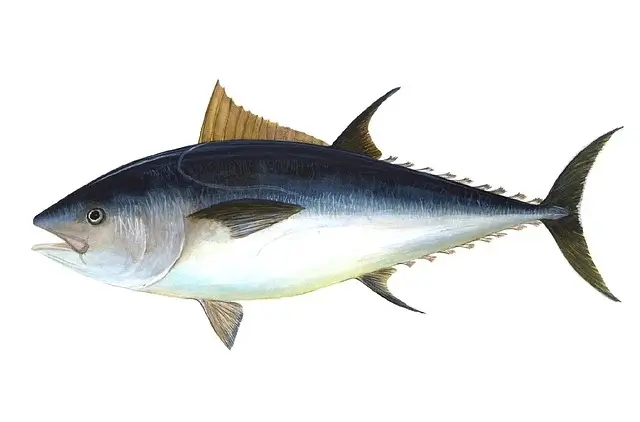
Tuna is more of a pelagic fish, which means it feeds neither at the bottom nor close to the shore.
This is a fish that feeds somewhere in between. It is more of a predatory fish that plows through the ocean waters to find its food, which is other smaller fish.
The younger ones mainly feed on other crustacean fish, while the older tuna usually catch sardines, mackerel, and other slightly larger fish.
2. Trout
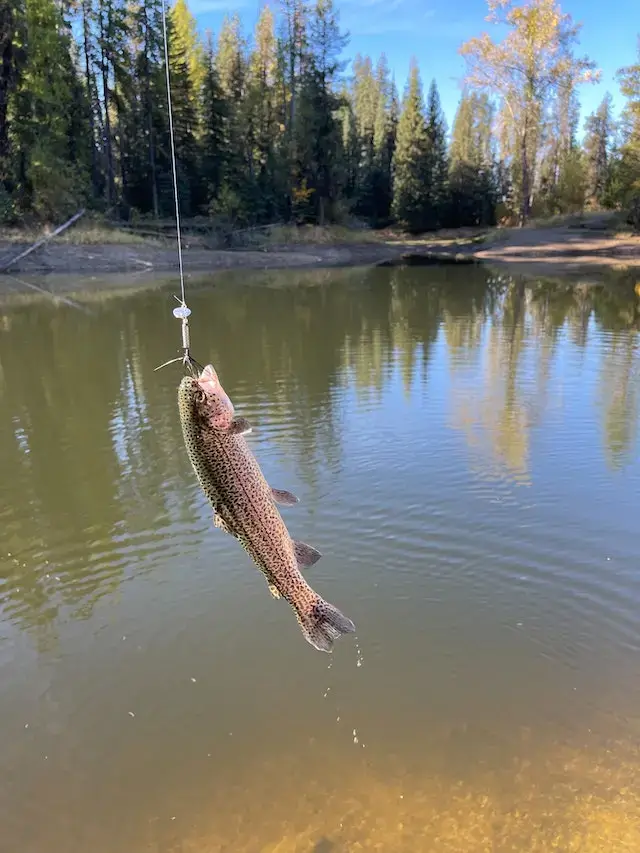
These fish feed on aquatic insects like leeches, worms, and crustaceans.
They live underwater but not at the bottom of the sea. Trout are creatures that like cool places of 10-15 degrees, which makes rivers, streams, and lakes their favorite.
You can even find them in the still waters. Some even live in ponds and feed on insects that they find there, like beetles, mayflies, dragonflies, and midges.
3. Salmon
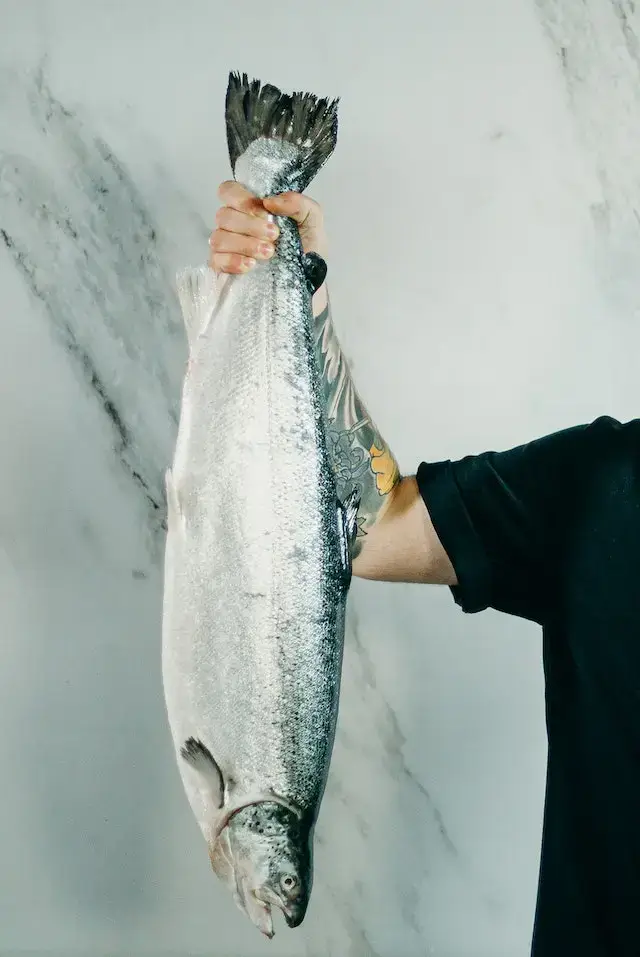
These fish are opportunistic feeders, which is to say that they will eat almost anything they find. This can even include insects and other tiny animals found at sea.
However, they are not bottom feeders and spend most of their lives in fresh and saltwater, which means they are often victims of other predators, even humans.
Giant salmon prefer eating creatures like shrimp, squid, and even other forage fish.
Must Read: Can fish smell human scent?
4. Mahi-Mahi
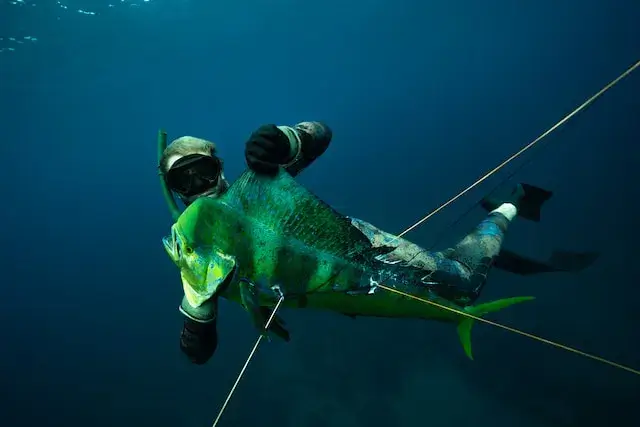
Mahi-Mahi feeds on various fish, so they don’t need to remain at the bottom of the sea.
Primarily found in the Atlantic, Gulf of Mexico, and the Caribbean, their diet mainly comprises smaller ocean fish like juvenile tuna and other pelagic fish and invertebrates. Billfish, jacks, and pompano are a few other names that you can add to this list.
These fish mainly stay on the surface in the tropical and subtropical waters.
5. Angelfish
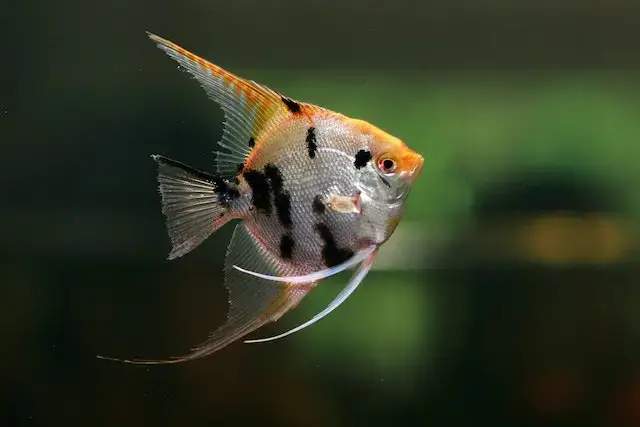
What is funny about the angelfish is that it is always hungry and on the lookout for food almost all the time.
Angelfish live at the sea’s surface and, like Salmon, are opportunistic feeders that prey on other smaller fish at sea. They are more omnivorous and, at times, feed on algae, plankton, and other small things they find in the sea.
Their favorite places are the quiet and slow-moving waters, mainly seen in the South American freshwater river basins.
6. Atlantic mackerel
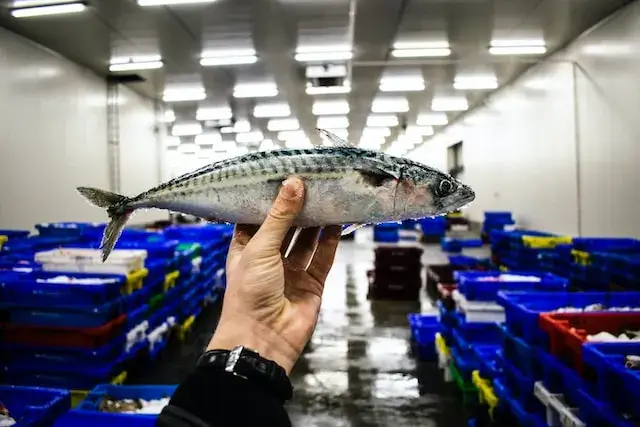
These are mostly found along the North Atlantic Ocean and the Baltic Sea. They like swimming along the temperate and tropical seas and are sometimes seen along the shore.
Their favorite are the crustaceans like krill, shrimp, and copepods, creatures you won’t find at the bottom of the sea. They are also known to eat small fish, squid, and jellyfish.
Atlantic mackerel are often seen hunting in groups. They can dive to depths of up to 600 meters in search of food.
7. Turbot
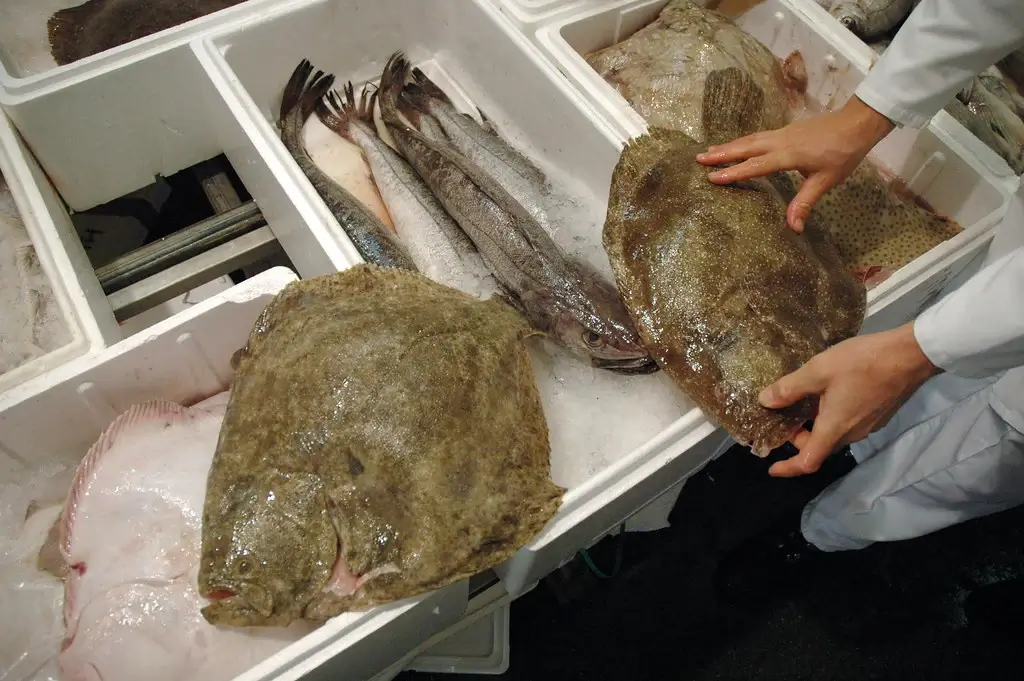
These fish usually stay close to the store and are more like hunters at sea, finding and eating other smaller fish that they see around them.
Sprats and sand eels are their summer favorite, as they are abundant at this time of the year, along with some smaller mackerel.
And then, in the winter, there are the whitings and rocklings that they will catch and feed.
Recommended Reading: Pompano vs Jack Crevalle
Frequently Asked Questions: What fish is not a bottom feeder?
Now that you read about the most common bottom-feeding fish let us end with a few questions that would probably have popped into your mind on going through the above list.
Q1. What bottom feeders should you avoid the most?
Ans: Catfish, drum, carp, buffalo, and sturgeon are some names here that top the list of bottom feeders you should most avoid when you are out there looking for fish. You see, these fish are abundant with the harmful chemicals that they contain and so why take the risk?
Q2. Are shrimp bottom feeders?
Ans: We all love shrimp, but sadly, they are bottom feeders, and it is best to avoid them when expecting them. Kids can have them if their veins are removed, and they are well-cleaned.
Q3. Are Tuna and Salmon safe to eat?
Ans: Yes, as these are not bottom feeders, they do not contain too many chemicals, making them safe to consume and eat. However, Bluefin tuna is one kind you may want to avoid as this can contain some amount of mercury. Likewise, farmed salmon are better avoided as this can come with parasites carrying diseases.
Q4. Is Guppy a bottom feeder?
Ans: No, they swim at the top. However, eating them wouldn’t be an excellent thing to do; for any fish to be eaten, it first needs to be cleaned. Now, think about it. How are you going to clean a fish as small as a guppy? After all, we all love them in the aquariums, don’t we?
Final thoughts
And that was your list of some of the most common non-bottom-feeding fish. Make a mental note of each and keep them in your mind.
Ultimately, if you were to choose between a bottom-feeding and a non-bottom-feeding fish, it would always be a wiser choice to go for the non-bottom-feeding fish.
And this is not a very difficult choice to make, for non-bottom feeders are no less tasty and much more healthy. Why not try them out and see?

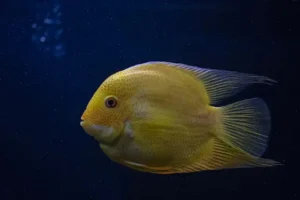

![Read more about the article What Age Do Horses Hocks Fuse? [Complete Guide]](https://urpetlover.com/wp-content/uploads/2023/08/Hock-1-300x229.webp)